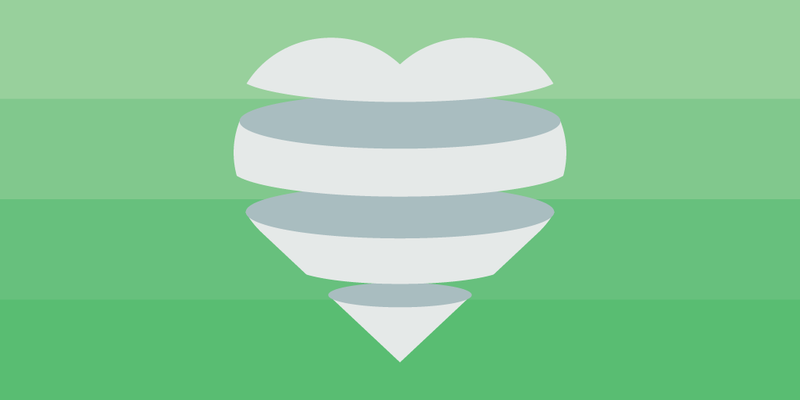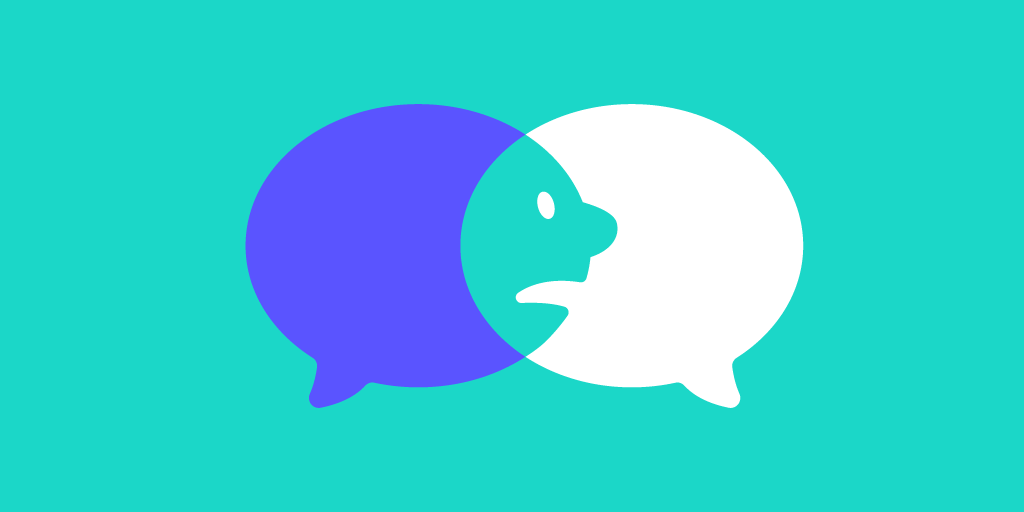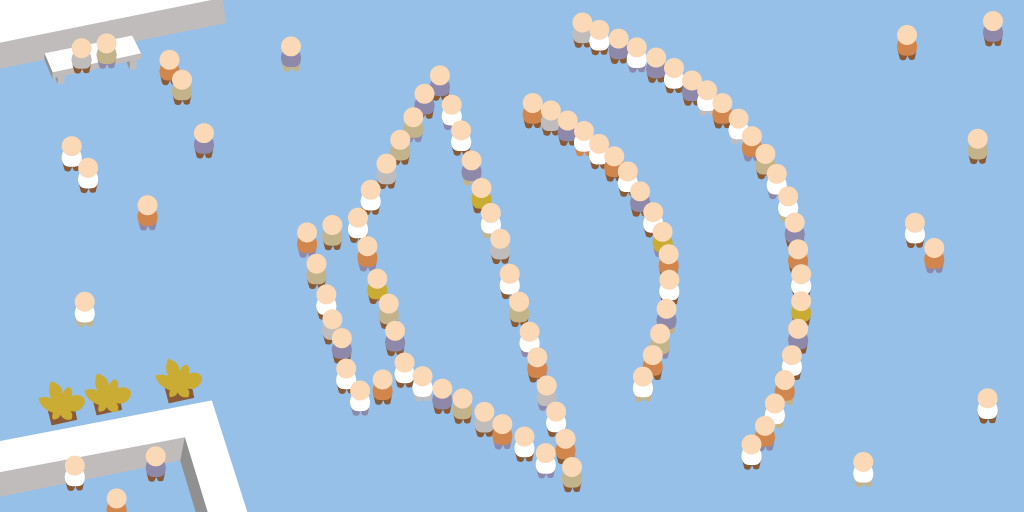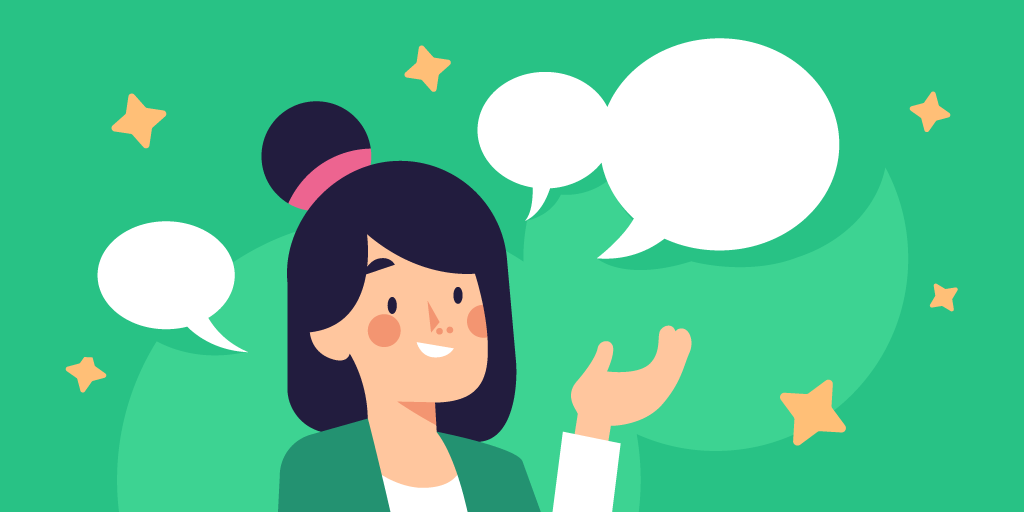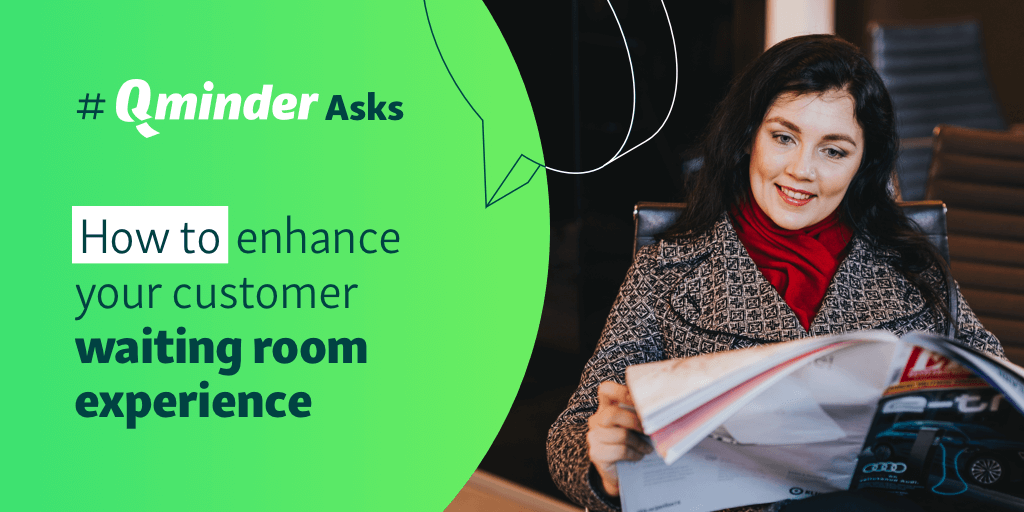Whether you're talking about marriage, friendship or customer experience, one thing is true: good relationships are based on loyalty.
For the better part of our lives, we've treated customer loyalty as the byproduct of providing great service.
The general thought used to be, "As long as your product is good, your customers will remain with you."
But in customer experience, just like in all relationships, loyalty requires work.
The benefits of customer loyalty
Before we begin, we need to establish some facts. Namely, why we need to foster customer loyalty.
The numbers speak for themselves:
87% of customers purchase more often from the retailers they feel loyal to.
92% of new parents say that their friends influence their loyalty to a brand.
The research has shown that 20% of consumers who generate up to 80% of revenue are not necessarily consistent loyal buyers. Does it mean that investing in loyalty programs is pointless? Should the companies still work on consumer trust?
The answer is simple: brand loyalty is an integral part of a successful sales strategy and cannot be neglected.
Expanding consumer base is a good long-term goal but not a valid alternative to managing your core customers, since only the latter ones guarantee that your company stays afloat month to month.
Besides providing a moderate — 20 to 40% of revenue, depending on which study you trust — financial backup, loyal clients bring the following benefits:
Lower serving costs. Sales representatives do not struggle trying to engage the client or beat the competition.
On average, support representatives spend less time serving a repeat customer (creating customer’s account, explaining programs, options, prices, etc.) while still getting guaranteed earnings.
Lower price sensitivity. If the established conversion chain works well, loyal clients are less likely to resent price leaps.
Gradually increased prices correlating with better services do not scare loyal clients away. They are also ready to pay for premium perks.
Positive feedback and promotion. A loyal consumer is emotionally bound to a company.
Not only do they choose a particular product or service for themselves, consistent buyers also spread positive recommendations and increase brand awareness among their fellows.
Resilience to negative ads and dismissive information. Loyal consumers demonstrate a high level of brand identification.
Having heard something negative about their favorite brand, they say: ‘It must have been a mistake, right?’.
Or, better yet, ‘It has never happened to me, they are trying to foul the reputation of a trusted brand. What impertinence!’
That being said, how do you convert one-time buyers into loyal brand supporters?
Here is a comprehensive step-by-step guide to go from brand awareness to brand identification based on the stages of consumer loyalty.
Stage 1: Cognitive loyalty
Considered the weakest consumer loyalty stage, cognitive loyalty is mainly based on the offering’s relation to price.
Once the cost-to-benefit ratio is worse than what your competitors offer, the client will switch to a better price.
hat is why some businesses are ready to work at a loss on the first sale to win the cognitive loyalty game.
Earning cognitive loyalty as a business owner
At this point, you want to monitor what your competitors have and offer better service at a better price. In case offering a cheaper product or service is completely unprofitable or too risky, a company can provide a free delivery or an alluring discount for the next purchase.
However, customer trust and satisfaction are much higher if the results of their choice — better product at lower price — are available here and now.
Stage 2: Affective / attitudinal loyalty
This stage of consumer loyalty is characterized by strong brand awareness: your brand is recognized!
In fact, it is slightly preferred to others because it evokes the feeling of satisfaction form the previous purchase.
Affective loyalty is achieved through matching the brand attributes and services to consumer expectations.
Expectation as a psychological phenomena is inextricably linked to satisfaction, and sales representatives know it.
Earning affective loyalty as a business owner
Here, a marketing department is supposed to step in. Providing the clients with high-quality services is not enough; make them remember who did it, and how well they felt afterwards.
Good examples of building affection among one-time users include using remarkable logos, advertising cards, unobtrusive emails, or some kind of original trademarks.
For instance, if a bank client walks out with a free cup of coffee to go, they memorize it.
Your task is to find your way to the client in order to be associated with comfort, cooperation, and contentment.
Stage 3: Conative Loyalty
Conative loyalty is a reinforced form of affective loyalty supported by the desire to buy goods from a particular brand again and again.
As a matter of fact, it is developed after a series of successful purchases. Heiner Evanschitzky, professor and chair of marketing at Aston Business School, names three main features of conative loyalty:
Willingness to recommend
Cross-buying intention
Repurchase intention.
Despite considerably deep commitment to one brand, conative loyalty does not exclude the liability to other companies’ offers.
Earning conative loyalty as a business owner
Now that you've managed to attract a bunch of clients and meet their expectations, your main target now is not to lose them.
Product owners should offer loyalty cards, coupons, rewards, sooner access to newly released tools, navigation apps, and, of course, regular discounts.
Businesses lose conative clients either because of a massive, market-changing competitor, or due to their own mistakes like poor service or long delivery.
Stage 4: Action loyalty
Ideally, this stage is accompanied by the consumer-brand identification, meaning that consumers relate to a particular brand as something that reflects their individual, social, or financial preferences.
In this case, they will even initiate the positive word of mouth and, therefore, get you an additional means of brand promotion.
Unlike the previous stages, action loyalty is not about the intention to buy. It reflects a systematic habit, a routinized behavior pattern when the consumer associates a group of goods with the brand.
For instance, L’Oreal is cosmetics, Chicco is clothing for pregnant women, Apple is phones and computers.
Earning action loyalty as a business owner
Study your loyal clients and update the assortment regularly without major changes in design, pricing, or mottos. If your marketing strategy works well for you, then stick to it.
However, remember the golden rule of keeping your business alive — measure, compare, and adopt.
There is a big difference between earning customer loyalty and maintaining it.
AllianceData outlines key factors to earning customer loyalty:
Price
Product quality
The quality of the shopping experinece
Interactions with store associates
A compelling rewards program
Loyal consumers are those clients who exhibit consistent purchase patterns, are emotionally linked to a certain brand and resilient to competitors’ marketing campaigns. Although they do not always constitute the largest part of sales, loyal clients are worth keeping for many reasons.
Applying the above-listed tips on different stages of developing brand loyalty to your business will introduce both stable revenues and beneficial reputation.

